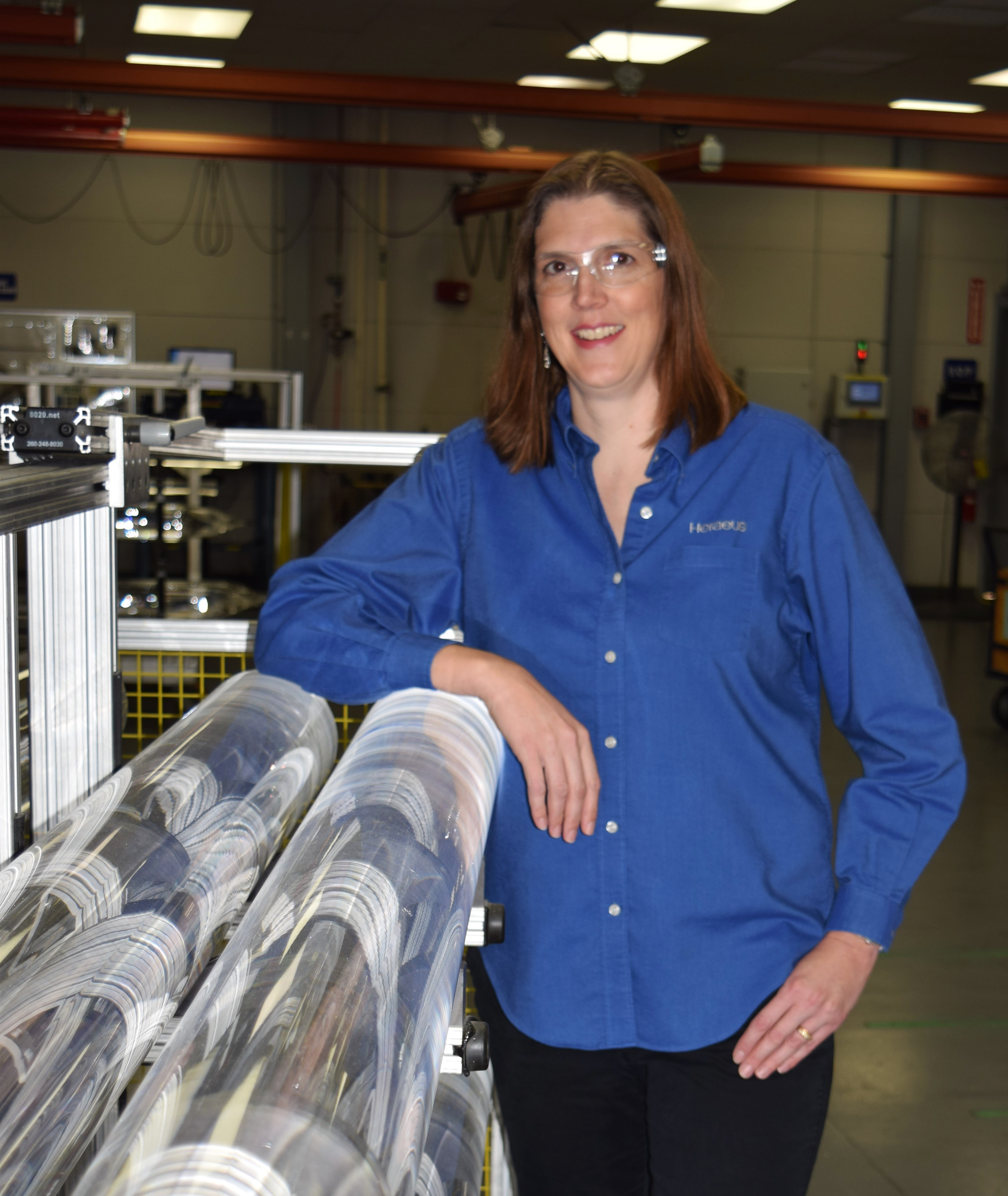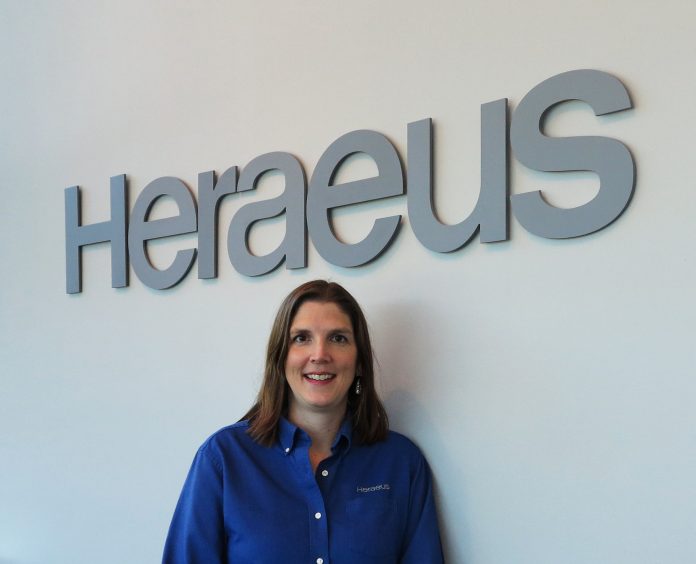In December 2008, I was flying from Atlanta to spend Christmas with my family in Kennewick, Washington, where I grew up and later attended Washington State University. The visit was particularly special because we were also celebrating that I had just passed my professional engineering license.
Growing up, I was very curious and would often rummage through the family desk looking for treasures. One item that always caught my attention was my dad’s slide rule, which he kept in a worn leather case in the center drawer. My dad was an engineer, and his college slide rule was a proud memento from his college years and early engineering career. I marveled at how it slid so smoothly back and forth and wondered about the cryptic markings along each edge.
On this return trip, my father pulled me aside and surprised me by gifting me with his slide rule. There was no fanfare or ceremony, just the two of us. He kiddingly told me it was “time to pass the baton” to me, the second-generation engineer. He didn’t say much, he didn’t need to. It was clear he was proud that his daughter was following a similar path to engineering.
I vividly remember holding the slide rule, encased in that rough leather cover, his name hand-stenciled in neat letters influenced by his years of drafting. It brought tears to my eyes, and I cherish that gift to this very day. It was more than a slide rule he was passing down to me; it was a symbol and a reminder that my family helped me discover my passion and a direction.

While it is important for all children to have every opportunity to explore their interests, a gender gap still exists when it comes to girls and STEM subjects (Science, Technology, Engineering and Math). Although boys and girls tend to have similar aptitudes in math and science during their school-age years, there are less women studying STEM-related majors or entering STEM careers.
As a young girl, I was an “outlier” of sorts because I enjoyed and excelled in math and science. I saw the gender gap first-hand. In high school math and science classes, about half were girls. One-third of my college chemical engineering class was female. In the workforce, there are many fewer female engineers. The gender gap is gradually closing, but parents can accelerate it simply by encouraging their own daughters to delve into STEM subjects at school.
Thanks to technology and innovation, the next generation of children will work and live in a more complex and advanced world. Jobs will require greater technical skills. By encouraging girls to explore their interest in science, math and other technical subjects at an early age, they will be better prepared for the job market of the future.
Getting young girls interested in STEM does not require major changes to school curriculum. As parents and educators, we need to check our attitudes: are we sending young girls the right messages at home and at school? There are a number of simple, practical things parents can do to help their daughters develop a greater interest in STEM.
Shatter the stereotypes. At an early age, parents should dispel the notion that one gender is “better suited” for a school subject or a career. There is no real definition for what a scientist, software coder or engineer should “look like.” Every child, whether a girl or a boy, deserves the equal opportunity to consider any and all subjects for study and a career.
STEM starts at home. Involve your daughter in projects so she can see first-hand “how things work.” Those early experiences accomplish two things: it shows her the practical, “real world” importance of STEM, and it gives her the chance to learn problem-solving skills. When I was twelve, my dad taught me building concepts using a project in our backyard. He and I framed, roofed and completed a barn, so I could bring home the horse I so desperately wanted. Hours spent with a hammer in my hand taught me valuable hands-on skills.
Be a STEM “storyteller.” Talk to your local librarian for biographies of women who have made significant achievements in STEM. The stories of Marie Curie, Sally Ride, Dian Fossey and others can inspire young girls and help them see new possibilities. A personal favorite was the hit movie “Hidden Figures.” It told the story of three incredible African-American women- Katherine Johnson, Dorothy Vaughn and Mary Jackson- who did the mathematical calculations at NASA that guided John Glenn’s historic Friendship 7 mission.
Make the “real world” connection. STEM impacts and improves virtually every aspect of our lives. By showing your daughter that STEM goes beyond the classroom and the textbook, you can make the connection both fun and educational.
“There are young girls sitting in classrooms across Gwinnett
Melissa Grytdal, Process Development Engineer for Heraeus Comvance
County right now, full of promise. What a shame if we don’t
do everything we can to reach, teach and inspire these girls
to become the next generation of scientists, engineers and
innovators.”
As a young girl, I was fascinated by the science projects. We learned how our tongues can taste different flavors, then made displays to teach each other. Later we studied crystal structures and made solutions to grow our own crystals. Using natural sunlight, I collected the sun’s rays through a glass plate and concentrated it using reflectors. The heat generated cooked a hot dog placed inside. It was a thrill to learn the concepts, apply them and see the results.
Re-enforce “it’s okay to fail” mindset. STEM subjects, by nature, are about finding new solutions. Any innovator will tell you: behind every achievement or breakthrough is a lot of failures and setbacks. It is particularly important when exposing girls to STEM to remind them that failure is okay because it is all part of the discovery process.
Use TV and the web to make STEM fun. Networks like The Science Channel, Discovery and NatGeo have lots of interesting and entertaining programs to introduce kids to science, engineering and technology. The popular “How Stuff Works” website is a great way for kids to learn. And don’t forget YouTube, where you can find thousands of videos devoted to science experiments and science projects for kids.
Explore extracurricular activities. There are numerous clubs, activities and programs that enable girls to learn about a STEM subject in a “low pressure” manner. There are now even STEM summer camps for kids covering virtually type of interest. Non-profit organizations like 4-H, The Boys and Girls Clubs and Georgia-area museums are excellent “out of school” opportunities for girls to discover innovation and creativity.
Connect your daughters to inspiring teachers. The right teacher can make a difference, especially when a young girl is first introduced to math, science or a technical subject. I vividly remember Mr. Chesterfield, my high school chemistry teacher. He allowed me and a friend to come before school in order to take second year of chemistry. His support enabled me to study for the Chemistry Advanced Placement exam…and pass it. Every school has a “Mr. Chesterfield” in the faculty. Seek them out!
Find mentors and role models. I was fortunate- my dad was a 24/7 role model. Even if your background is not in STEM, chances are you know a friend, neighbor, colleague or family member who is. I look back and I can see that positive and profound effect teachers and mentors had to help guide me and find my path.
Explore internships. This past June, my company, Heraeus, hosted “Principal’s Day” for the Gwinnett County School District. Over 60 principals, vice-principals and guidance counselors visited our Buford facility and learned about the cutting-edge, high-tech work we do. When they have a girl or boy student who shows interest in studying STEM, Heraeus can be a resource for mentors, advice, internships or even career opportunities.
There are young girls sitting in classrooms across Gwinnett County right now, full of promise. What a shame if we don’t do everything we can to reach, teach and inspire these girls to become the next generation of scientists, engineers and innovators. What a loss if an important breakthrough, discovery or innovation never occurs because a girl with true potential lacked the encouragement and guidance at an early age.
I am a classic example of how a young girl was inspired and found her calling in a STEM profession. Now I get to work on cutting-edge technology and am currently part of a team developing advanced fiber optic products, which will enable people to share information faster and more reliably.
My career happened because of the guidance and support my parents, teachers and mentors provided me. As I look at my Dad’s slide rule that he passed down to me, I am reminded that as parents, we need to pass down encouragement and guidance. Every girl deserves the opportunity to discover their interests in STEM, develop their talents and unlock their potential. It’s not “rocket science.”
About the Author: Melissa Grytdal is Process Development Engineer for Heraeus Comvance in Buford, Georgia. She lives with her family in Suwanee.






